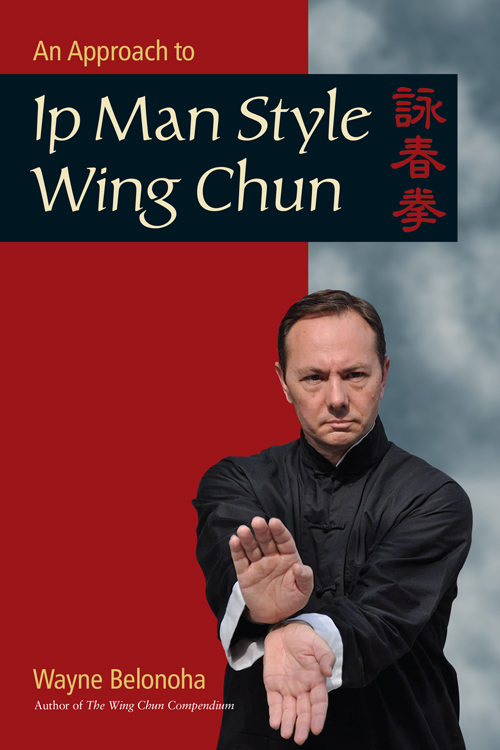
An Approach to Ip Man Style Wing Chun
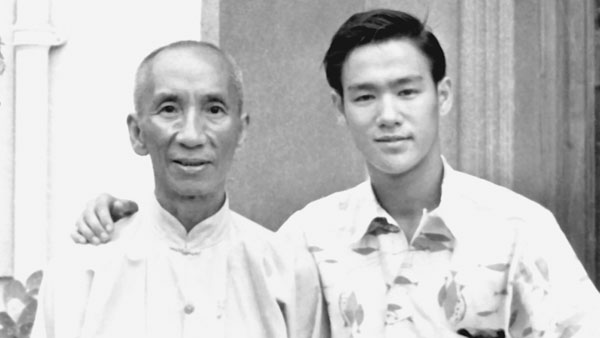
An Approach to
Ip Man Style Wing Chun
Wayne Belonoha


Copyright 2015 by Wayne Belonoha. All rights reserved. No portion of this book, except for brief review, may be reproduced, stored in a retrieval system, or transmitted in any form or by any meanselectronic, mechanical, photocopying, recording, or otherwisewithout written permission of the publisher. For information, contact Blue Snake Books c/o North Atlantic Books.
| Published by Blue Snake Books, | Cover design by Brad Greene |
| an imprint of North Atlantic Books |
| Berkeley, California |
An Approach to Ip Man Style Wing Chun is sponsored and published by the Society for the Study of Native Arts and Sciences (dba North Atlantic Books), an educational nonprofit based in Berkeley, California, that collaborates with partners to develop cross-cultural perspectives, nurture holistic views of art, science, the humanities, and healing, and seed personal and global transformation by publishing work on the relationship of body, spirit, and nature.
North Atlantic Books publications are available through most bookstores. For further information, call 800-733-3000 or visit our website at www.northatlanticbooks.com.
PLEASE NOTE: The creators and publishers of this book disclaim any liabilities for loss in connection with following any of the practices, exercises, and advice contained herein. To reduce the chance of injury or any other harm, the reader should consult a professional before undertaking this or any other martial arts, movement, meditative arts, health, or exercise program. The instructions and advice printed in this book are not in any way intended as a substitute for medical, mental, or emotional counseling with a licensed physician or healthcare provider.
Library of Congress Cataloging-in-Publication Data
Belonoha, Wayne.
An approach to Ip Man style wing chun / Wayne Belonoha.
pages cm
ISBN 978-1-58394-941-2 (pbk.) ISBN 978-1-58394-942-9 (ebook)
1. Kung fu. I. Title.
GV1114.7B44 2015
796.8159dc23
2015002985
Dedication
To the loving memory of my wife, Jeannie, who transitioned in August 2011.
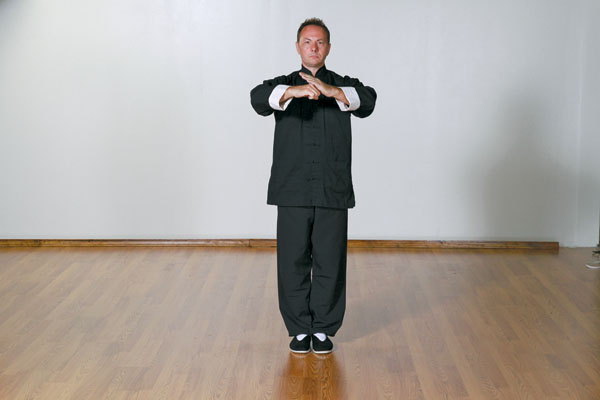
TABLE OF CONTENTS
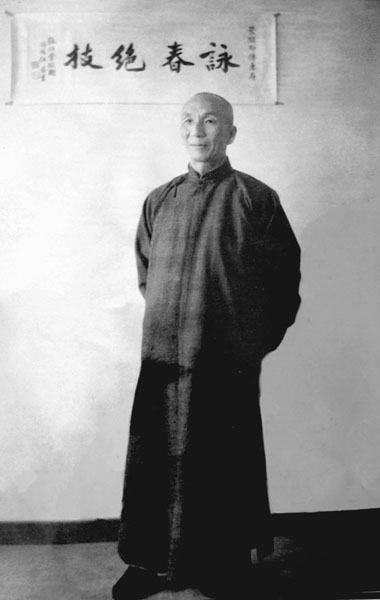
T hroughout my thirty-five years of training, I have seen many different martial arts and many different martial artists; quite a few practitioners were highly experienced and extremely skilled in their style. I have witnessed how great martial artists move with power, speed, and effortless naturalness. I can attest that high-level kung fu skills still exist among those with the knowledge and training. Its also plainly visible that a high level of kung fu training causes a person to be kind, compassionate, open, and able to live a truly happy lifegoals to which I continue to aspire.
Many people have asked me to write a book to help them get started on this exciting path of ving tsun kung fu. For those people, I write this to give a high-level overview of the ving tsun system, including the logical underpinnings, techniques, forms, and fundamental drills. With this information, the new student can have a good foundational understanding of the system from which to springboard into deeper learning and training.
Two things are important for me to stress at this point. The first is that I offer my thoughts and knowledge to help others along the path I took with the caveat that I learned from grandmasters and masters whose understanding and skills dwarfed my own. Even after a long time training under such great mentors, I still have not learned all there is to learn and have not mastered all there is to master. Its also completely possible that I do not yet understand the depth of the lessons that were taught, and more training and meditation are necessary. However, I am confident that I am close enough to the path I was taught that I can comfortably offer my understanding of the ving tsun system.
The second thing I wish to emphasize is that I would not have been in this position without my families. The guidance and help of my kung fu family was incredible and provided me with life experiences that have been and promise to continue to be unbelievably rich. I truly stand on the shoulders of giants. Special thanks goes out to those who helped me along my kung fu journey. Also to my non-kung fu family: my moms, dads, brothers, and sistersthank you for your help, support, and love.
A note about nomenclature: The style I teach is transliterated as ving tsun because thats the way Ip Man said his style is spelled. In other words, it is a lineage-specific spelling associated with my teacher Dunn Wah, his teacher Moy Yat, his teacher Ip Man, as well as other certified instructors who follow Ip Mans teachings. People who have changed this transliteration did so because they no longer teach the style as Ip Man taught it to them. The guideline we follow dictates that if you change the style, you must change the transliteration. On the cover we chose to use the nomenclature Wing Chun as it is a well-known umbrella spelling for all styles. We then qualified it as wing chun from Ip Mans lineage; Ip Man style wing chun = ving tsun.
Ip Man Ving Tsun
.jpg)
Ip Man (pronounced Yip Man) was born October 1, 1893, and started learning martial arts at the age of seven. At the age of fifteen, Ip Man moved to Hong Kong, where he was shown that his skills could use refinement and started learning again under Leung Bik, the son of Leung Jan, his masters master.
Ip Man was one of the first people to start teaching ving tsun openly. In 1957 Ip Man began teaching Bruce Lee, who was sixteen at the time. After one year, Bruce Lee stopped training under Ip Man and eventually moved to the USA to formulate his own system based on ving tsun.
Throughout his life, Ip Man taught ving tsun to a number of people who became certified masters and continue to pass along the methods and traditions of this martial art system. Among the long list of honorable students were Ip Ching and Ip Chun (Ip Mans sons), Bruce Lee, Chu Shong-tin, Duncan Leung, Ho Kam-ming, Leung Sheung, Lok Yiu, Moy Yat, Victor Kan, William Cheung, and Wong Shun Leung.
On August 24, 1967, Ip Man established the Ving Tsun Athletic Association and proclaimed the romanized spelling ving tsun as the one officially used to represent his teachings.
Ip Mans legacy has continued since his passing in 1972 through his many students who continue to teach ving tsun. One such student was Moy Yat, who started training with Ip Man in 1957 and could always be found close by his side. Moy Yat was the youngest student of Ip Man to start a school in Hong Kong. Among his first students was Sunny Tang, who trained from 1965 through 1969. Always together, Moy Yat and Sunny Tang spent countless hours training ving tsun and hanging around with Ip Man. From this method of learning and living, both Moy Yat and Sunny Tang gained a wealth of knowledge and skill.
Next page
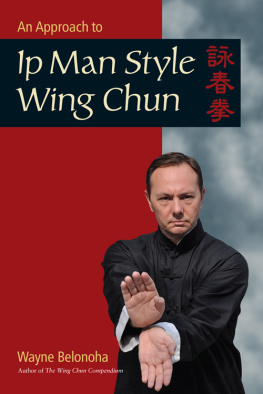


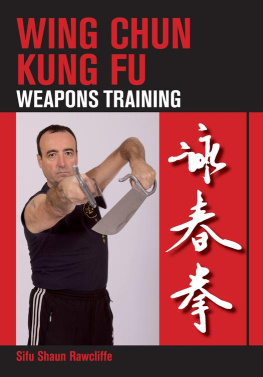
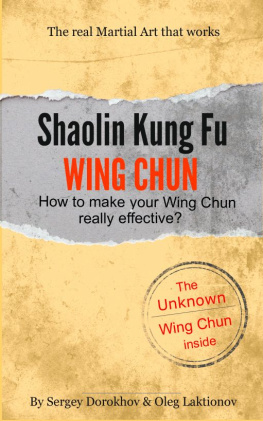
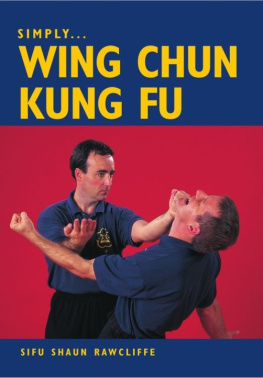
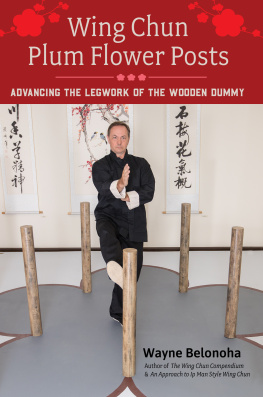


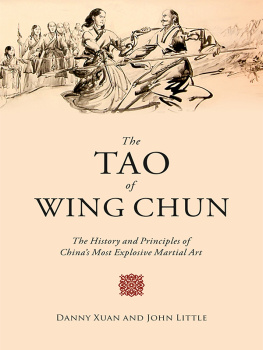






.jpg)